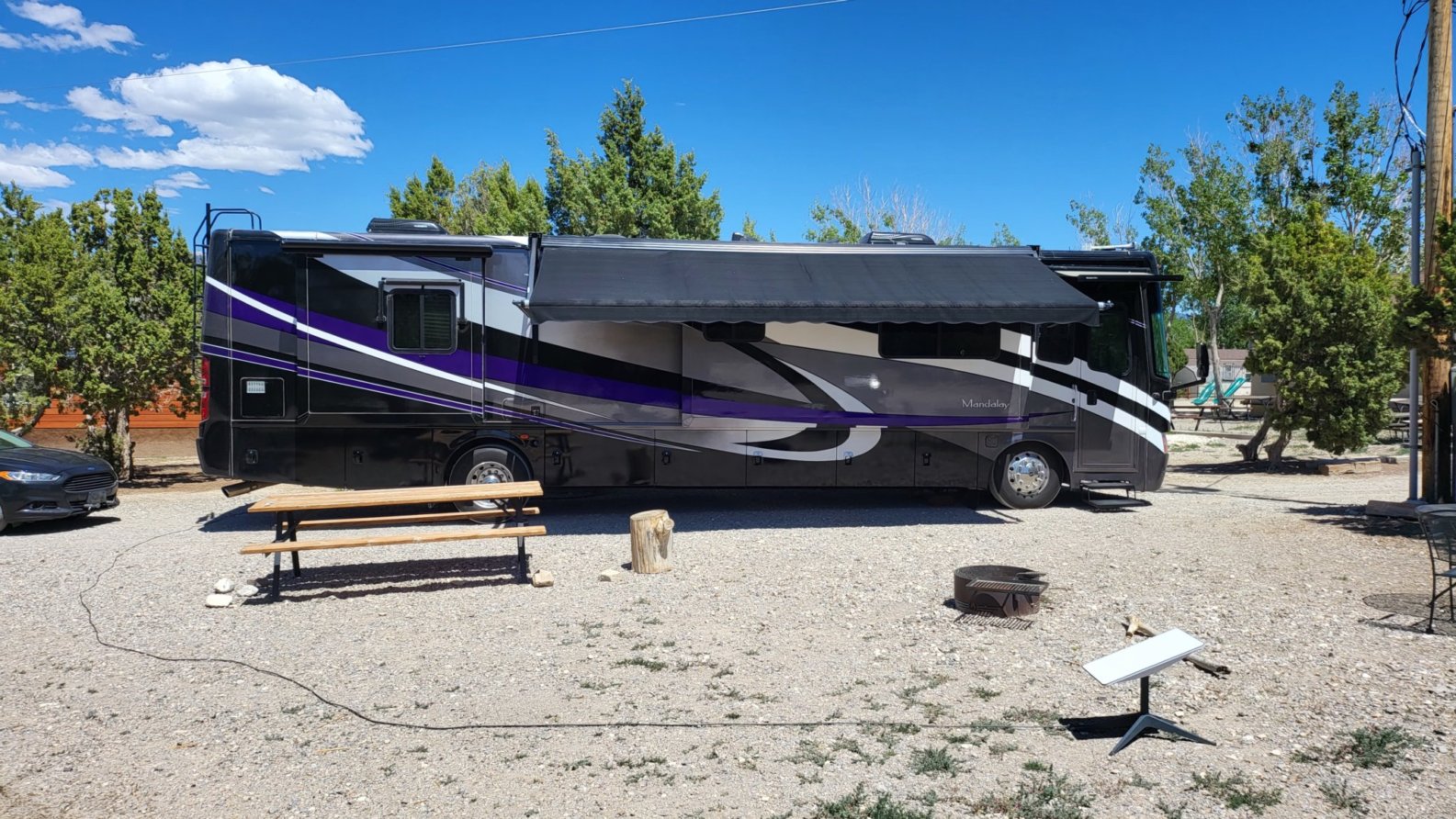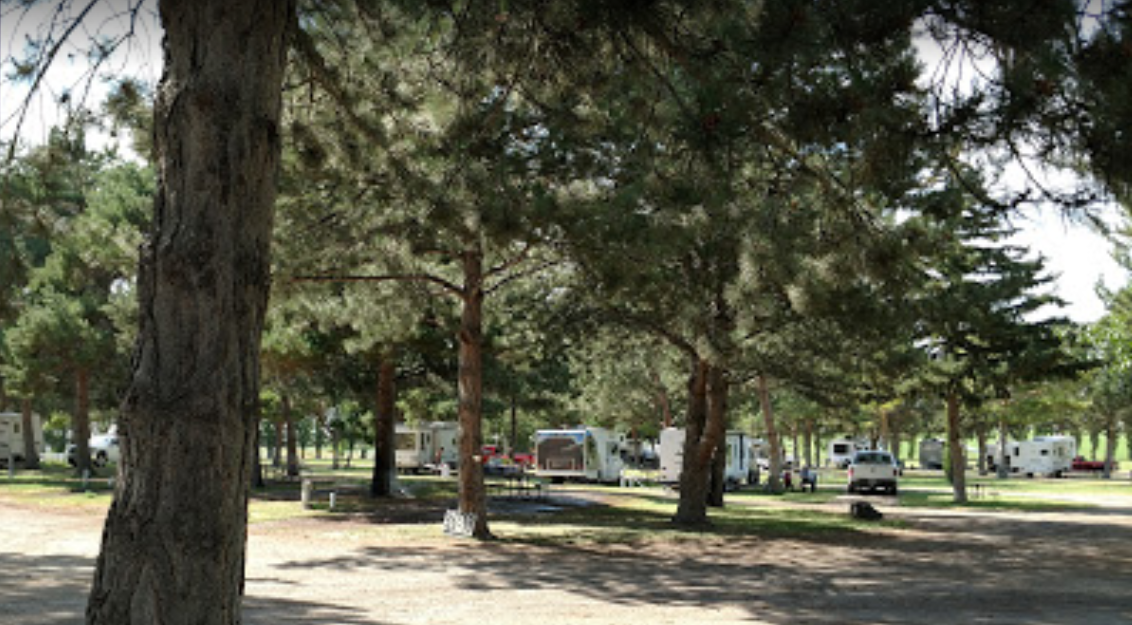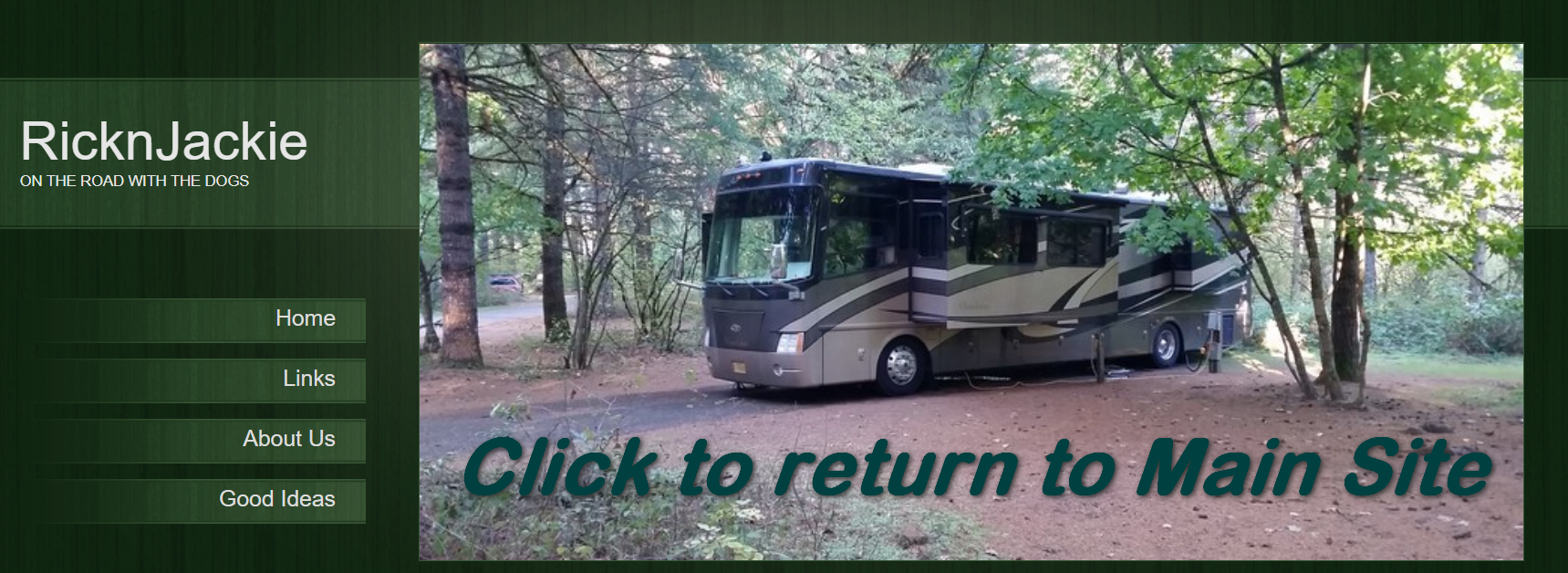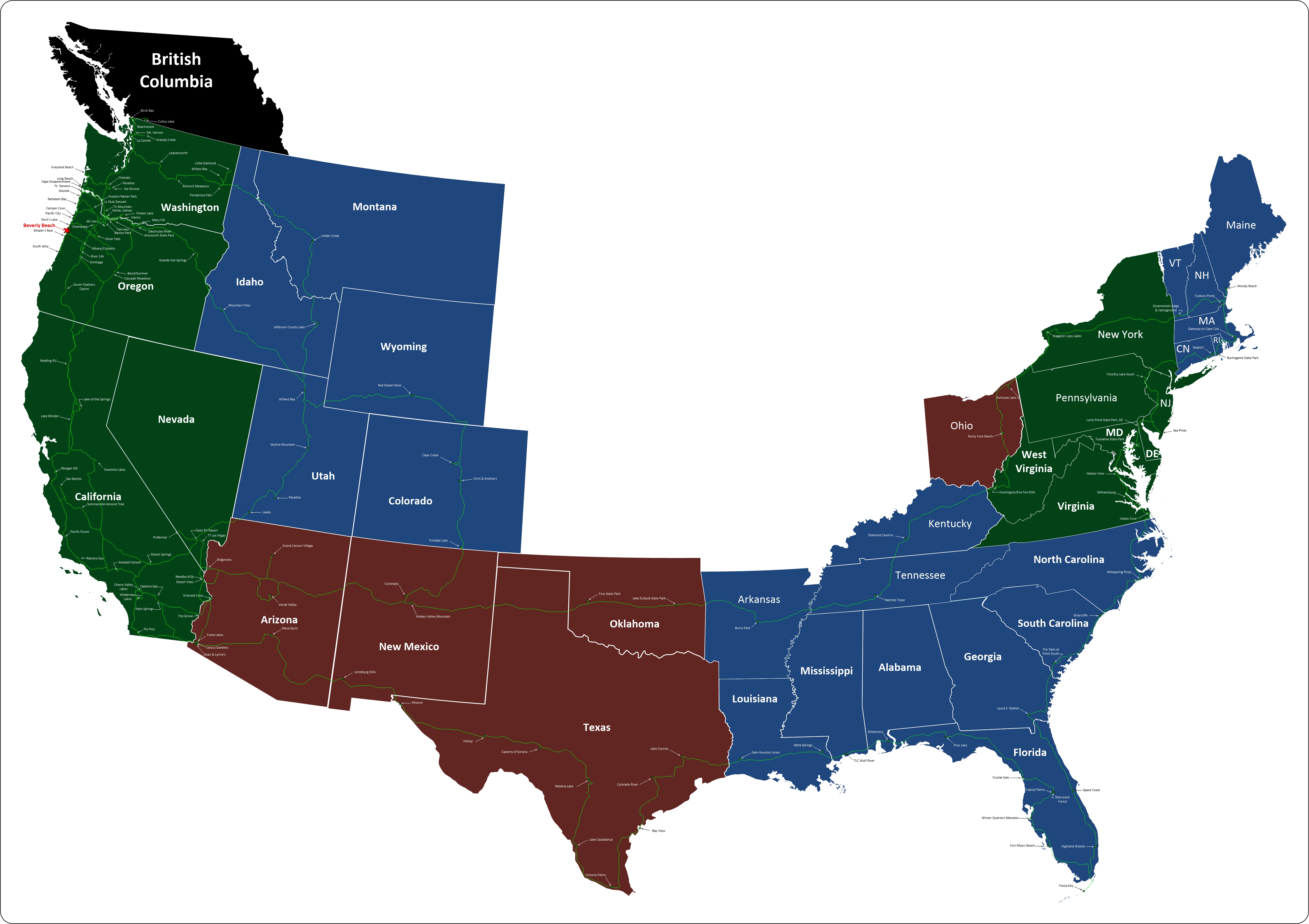The western two-thirds of the state is covered mostly by the mountain ranges and rangelands of the Rocky Mountains, while the eastern third of the state is high elevation prairie called the High Plains. Almost half of the land in Wyoming is owned by the U.S. government, leading Wyoming to rank sixth by area and fifth by proportion of a state's land owned by the federal government.[8] Federal lands include two national parks—Grand Teton and Yellowstone—two national recreation areas, two national monuments, several national forests, historic sites, fish hatcheries, and wildlife refuges.
Original inhabitants of the region include the Crow, Arapaho, Lakota, and Shoshone. Southwestern Wyoming was in the Spanish Empire and then Mexican territory until it was ceded to the United States in 1848 at the end of the Mexican–American War. The region acquired the name Wyoming when a bill was introduced to the U.S. Congress in 1865 to provide a "temporary government for the territory of Wyoming". The name was used earlier for the Wyoming Valley in Pennsylvania, and is derived from the Munsee word xwé:wamənk, meaning "at the big river flat".
The main drivers of Wyoming's economy are mineral extraction—mostly coal, oil, natural gas, and trona—and tourism. Agricultural commodities include livestock (beef), hay, sugar beets, grain (wheat and barley), and wool. The climate is semi-arid and continental, drier and windier than the rest of the U.S., with greater temperature extremes.
Wyoming has been a politically conservative state since the 1950s, with the Republican Party candidate winning every presidential election except that of 1964




